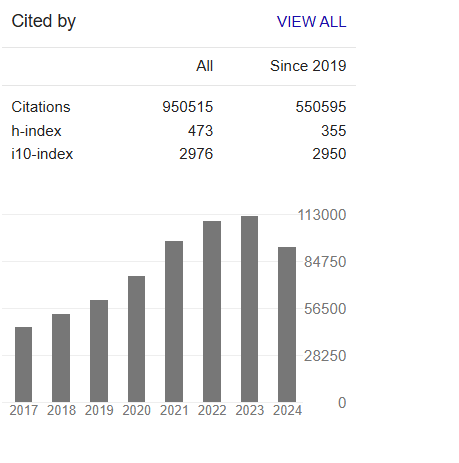Foci Classification in Malaria Elimination Setting: A Conceptual Framework
Abstract
Mansour Ranjbar
The concept of malaria elimination is becoming more and more important. Among countries with malaria transmission in 2015, eliminating malaria from 35 countries including those in the Great Mekong has been targeted by 2030. In the journey to elimination through the foci classification procedure, a limited number of “hotspots” among a large number of foci should be precisely defined to be covered by effective controlling measures. There is a common consensus that foci and case classification are fundamental principles of malaria elimination and prevention of reintroduction. However, there are numerous ambiguities and controversies in almost all aspects of foci classifications. These uncertainties result in misclassification that, in turn, wastes lives, time, and money thereby violating value for money principles. New progress in the literature such as ignoring “new potential” foci and using the class of “active foci” instead of the two classes of “new active” and “residual active” is in opposition to the philosophy of foci classification. In this paper, we seek to elaborate the controversies and ambiguities around the concept of foci classification and ultimately suggest some solutions. Some of the ways forward include: (a) foci classification should be done by parasite type; (b) a set of foci classes includes “cleared up”, “new potential”, “new active”, “residual active”, and “residual nonactive”;(c) The number and population of various foci classes should be regularly updated and monitored as the basis for measuring progress toward elimination and it can be considered as the basis for needs assessment and planning response; (d) The coverage and completeness of the controlling interventions by foci classes should be regularly monitored; and (e) The criteria for early detection of outbreaks should be defined. Furthermore, two applicable models for foci classification by parasite have been proposed.



